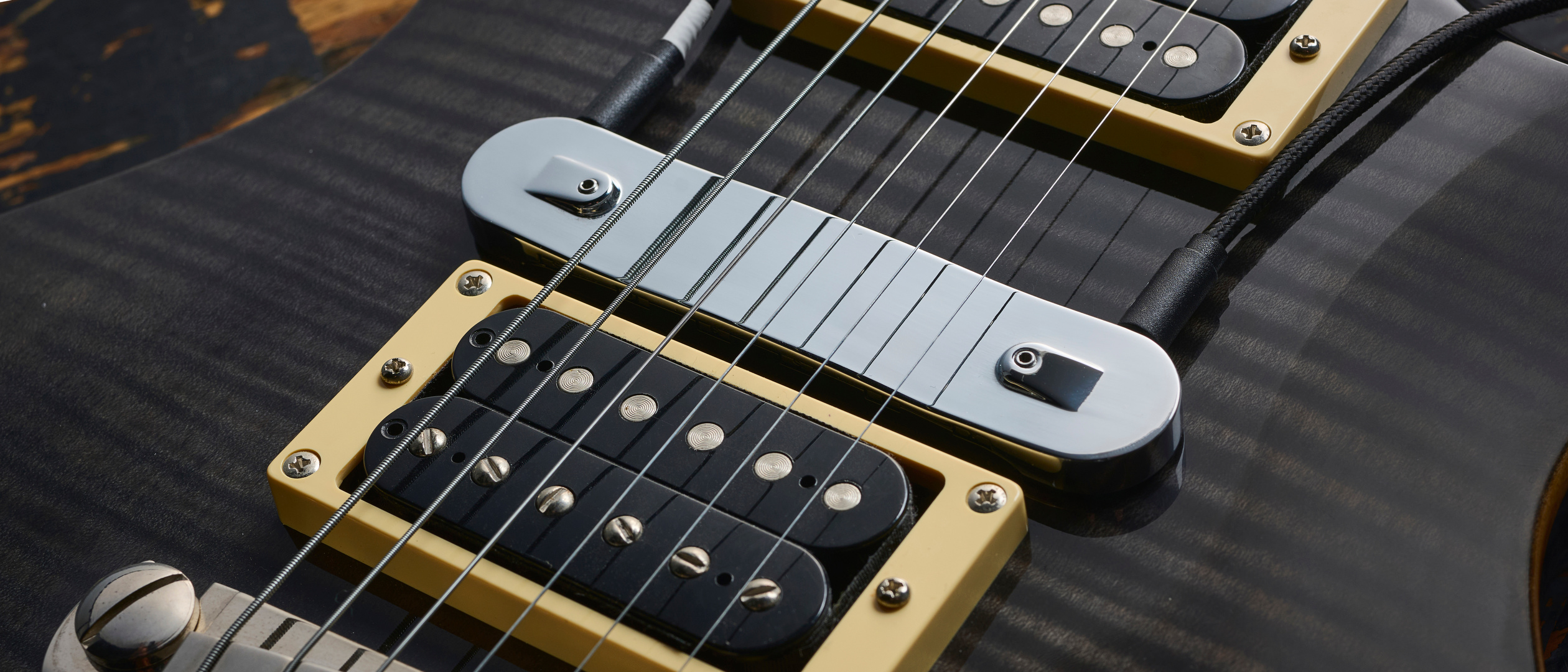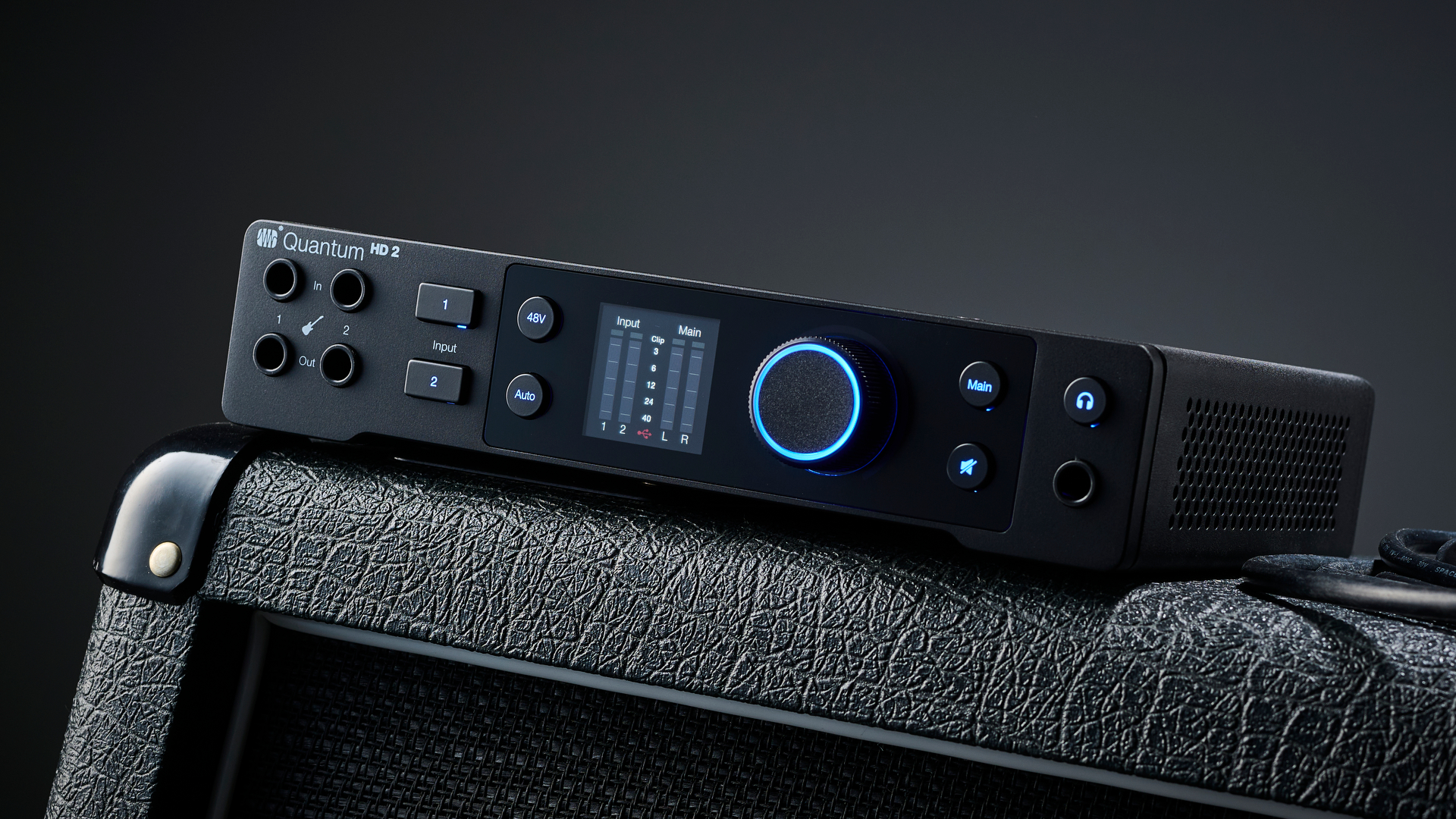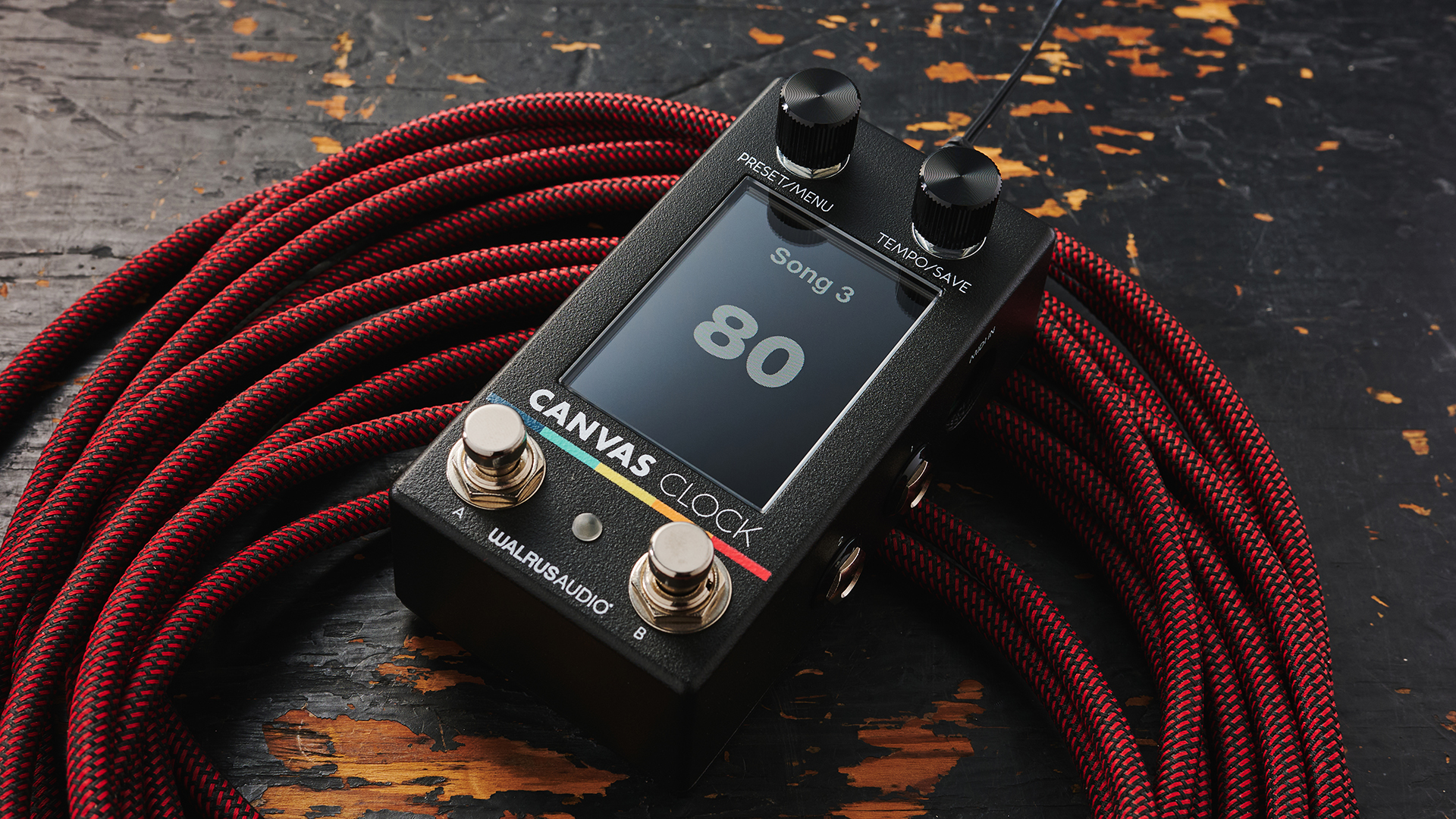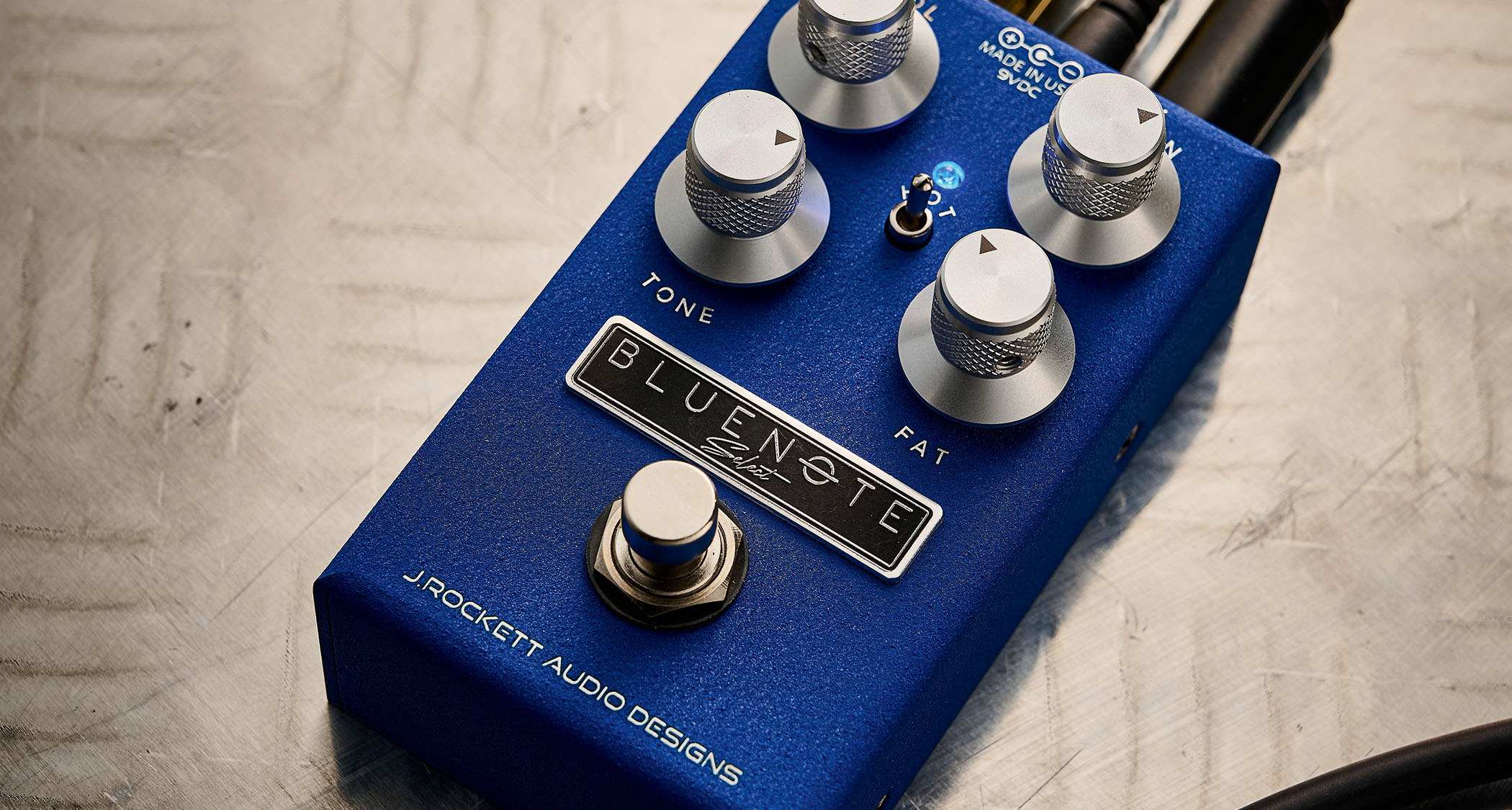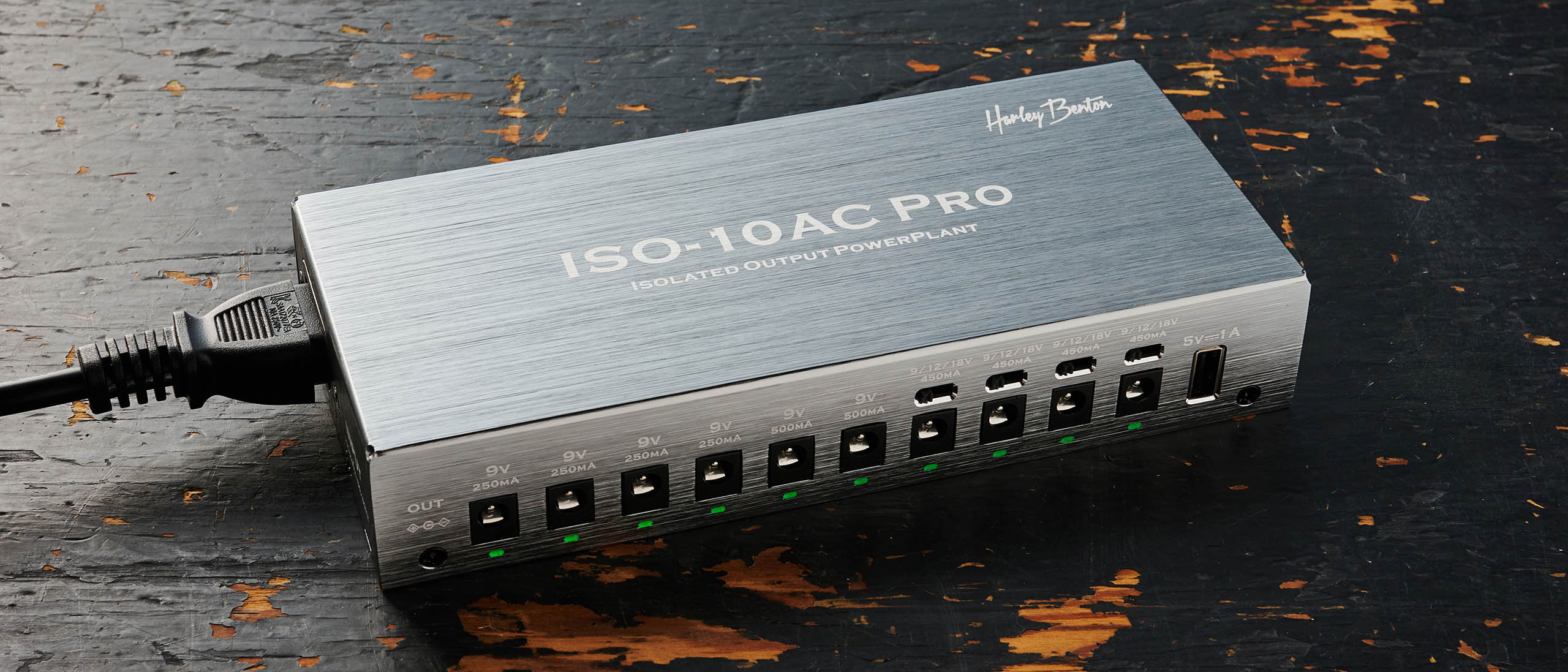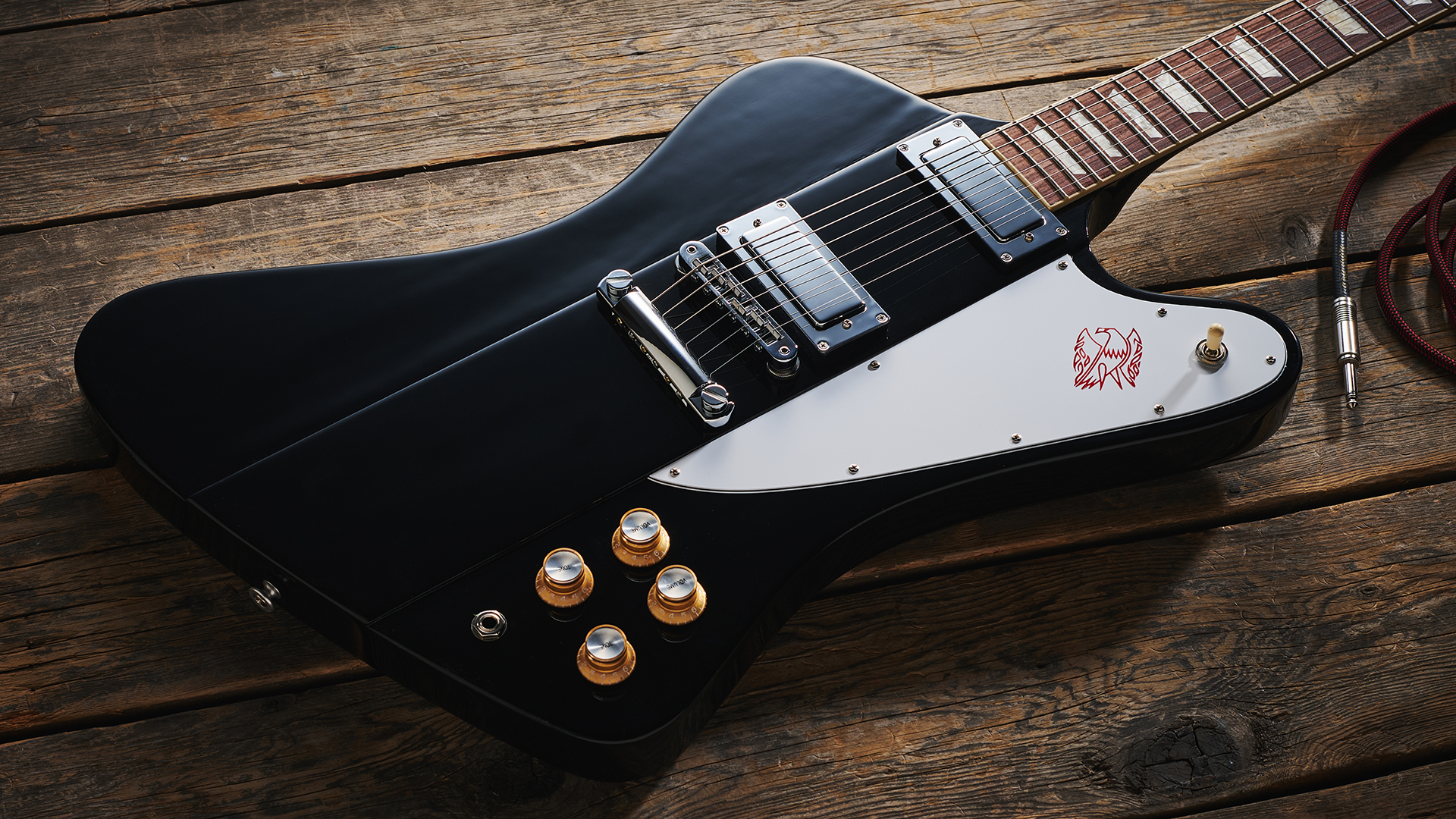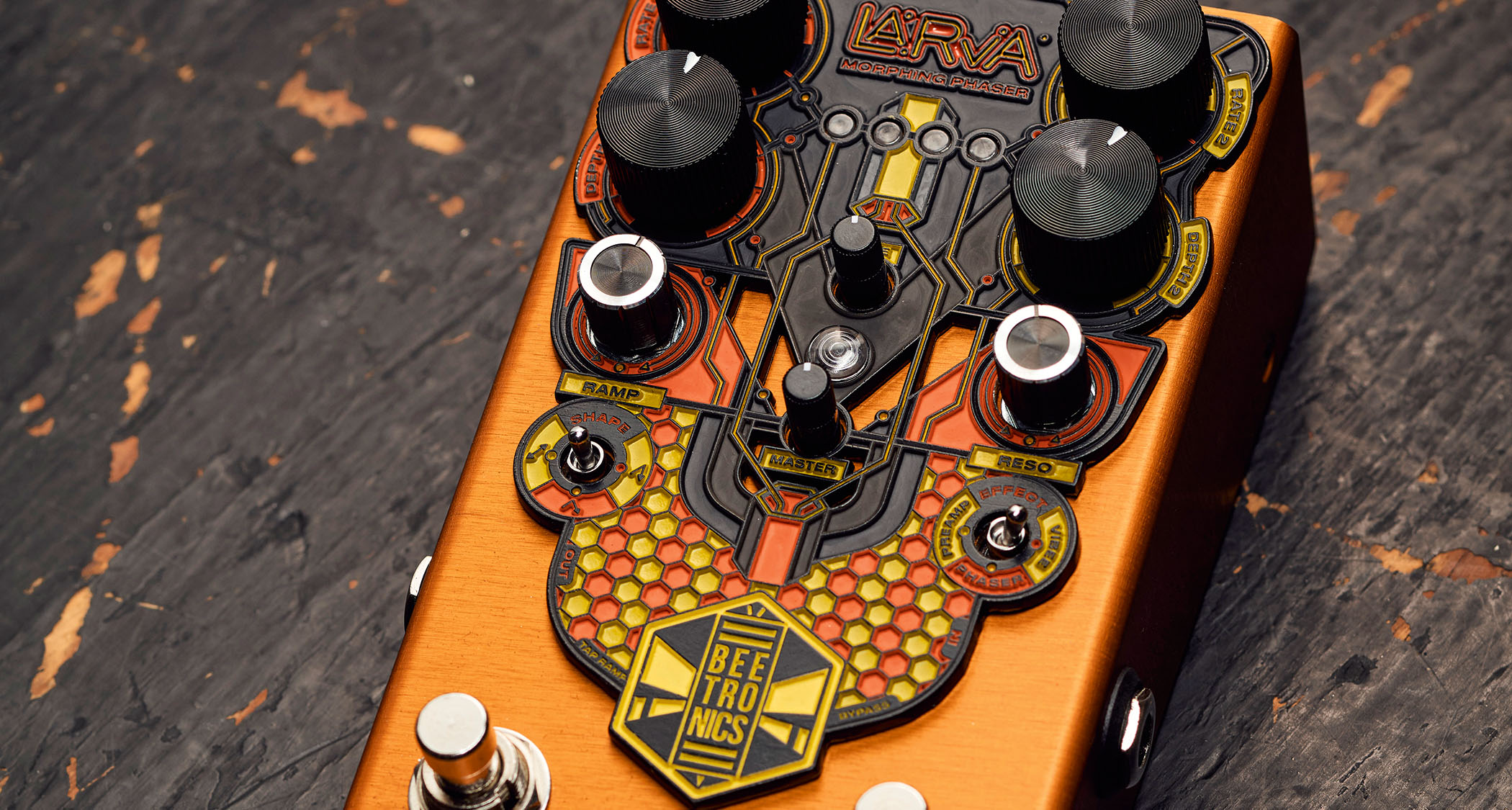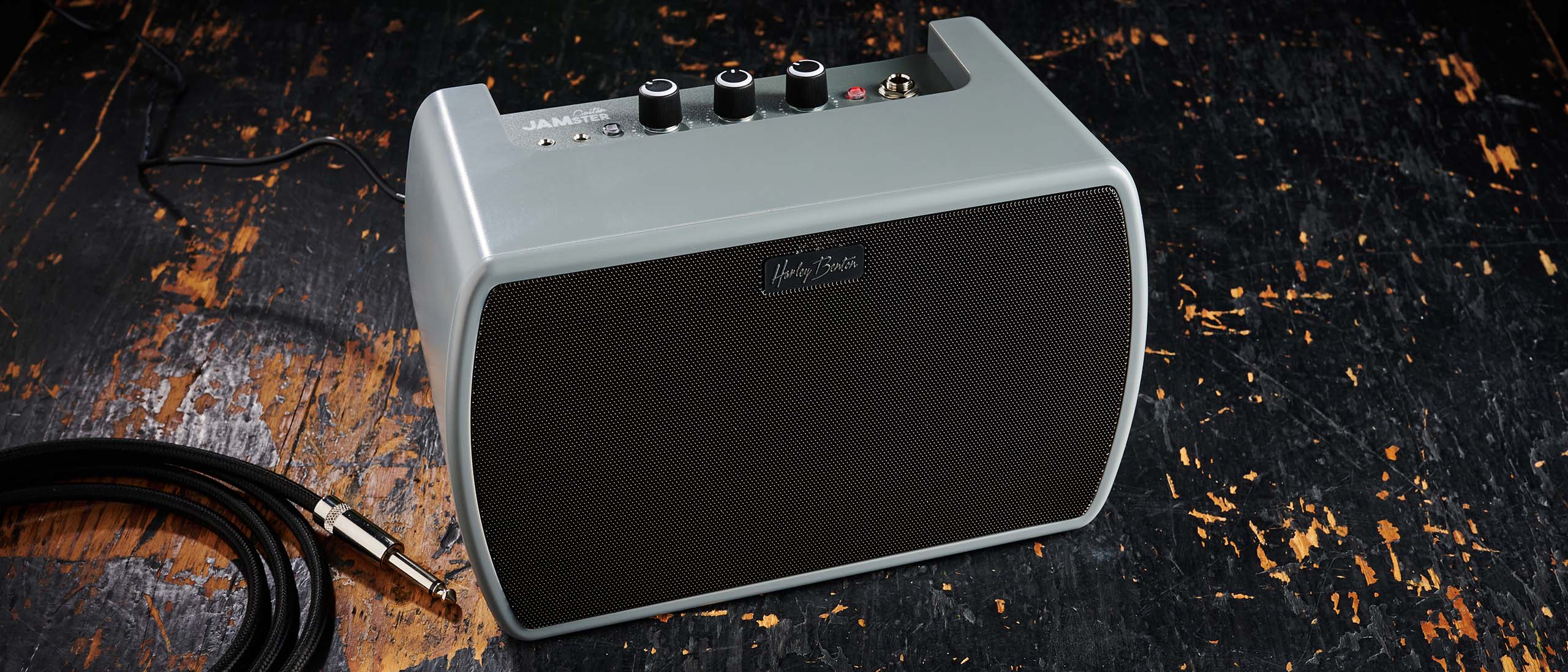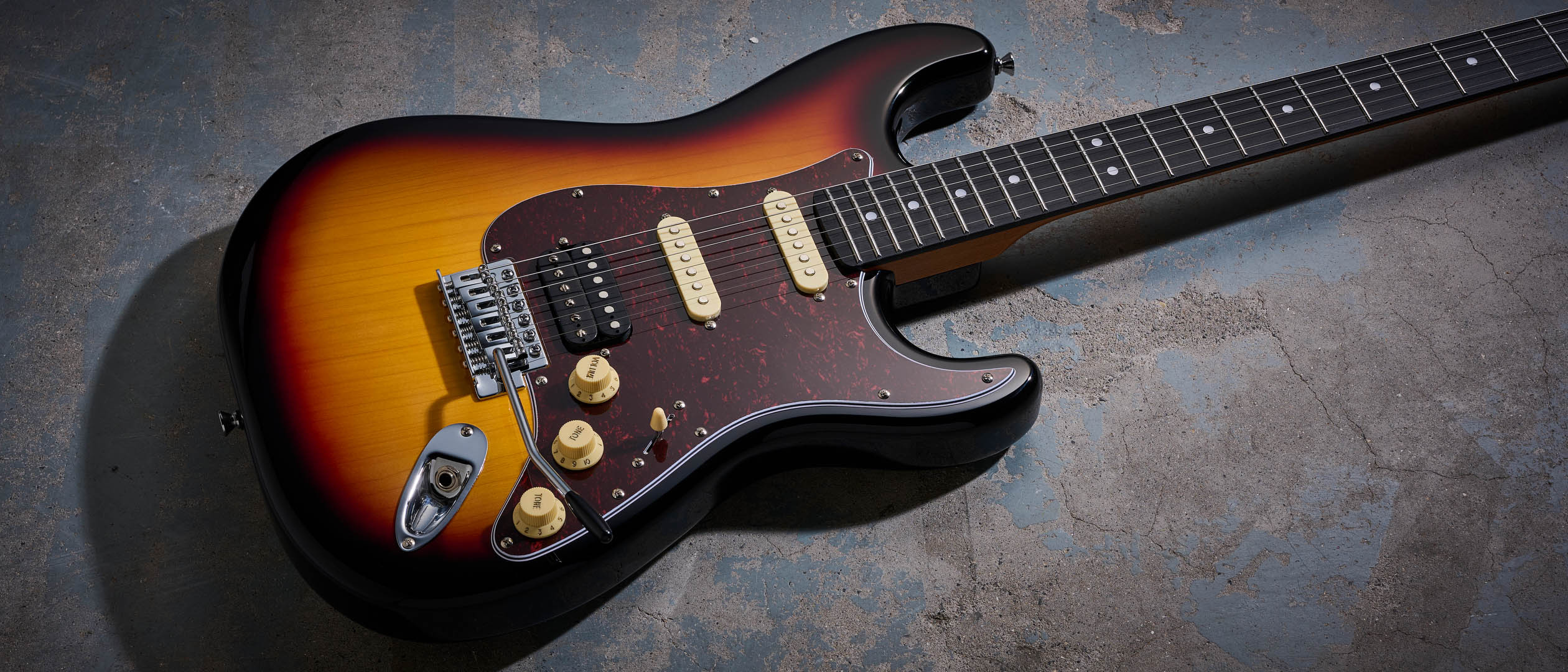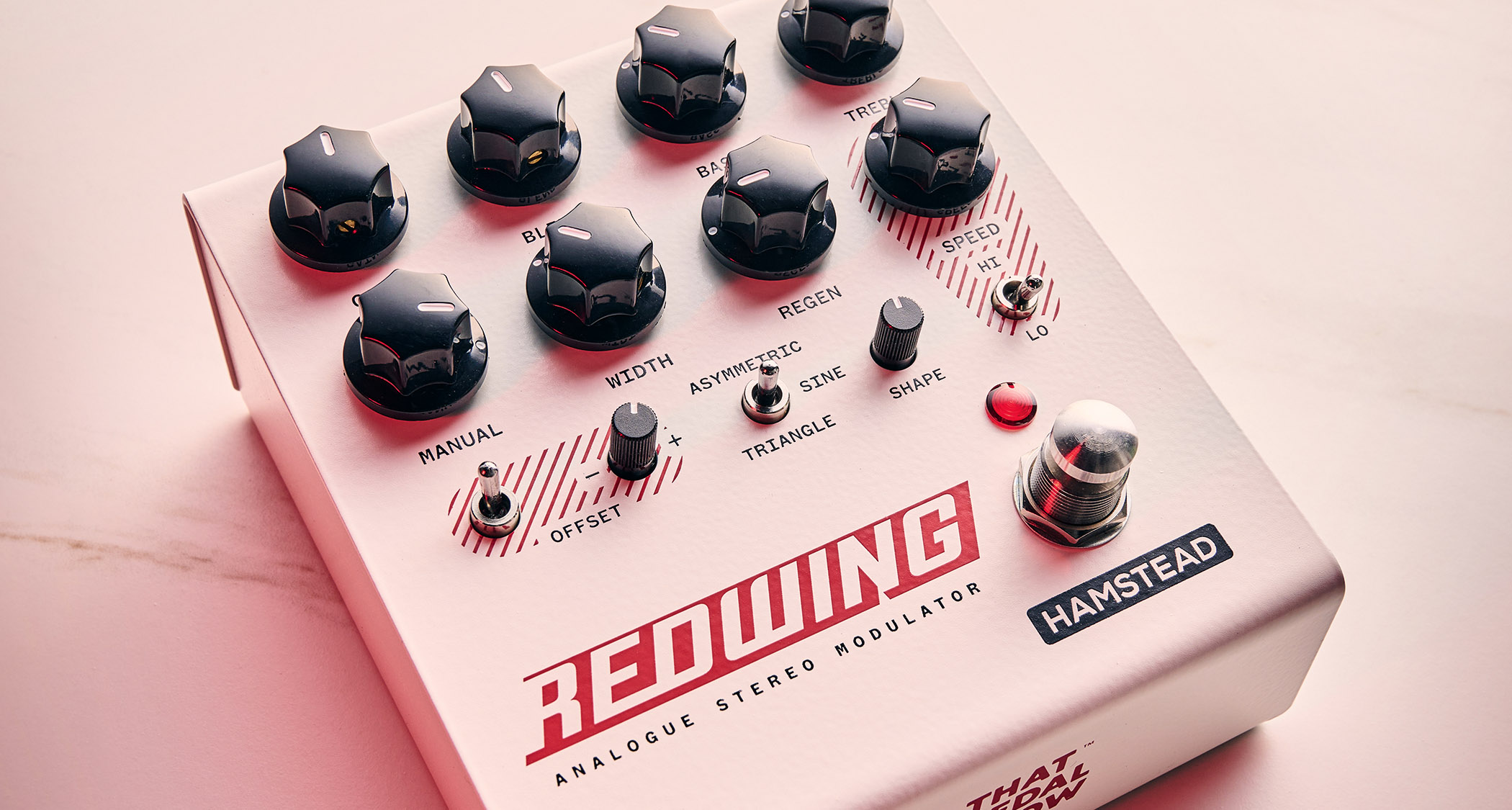Guitar World Verdict
The Submarine Pickups Subsix has its flaws, but for creative studio types it’s an incredible tool. If you love recording guitars and want to get a sound that’s unlike anything else you’ve heard, it’s completely worth the time and effort needed to get it set up and sounding right. It’ll give you sounds you won’t find anywhere else, that’s for sure.
Pros
- +
Offers genuinely unique guitar tones.
- +
The tracking of individual strings is excellent.
- +
Endless possibilities for signal processing.
- +
Works on both electric and acoustic guitar.
Cons
- -
Fiddly installation on some guitar types.
- -
Manual is not the most helpful.
You can trust Guitar World
What is it?
There are quite a few non-permanent pickup designs out there, although the vast majority tend to be for acoustic guitars. The Submarine Subsix pickup is something altogether different though, being easily attachable to an electric guitar, and giving you the ability to send each of your guitar strings through a different signal chain.
It’s a hexaphonic pickup, like the famous Roland GK pickup system but instead of sending the signal to a dedicated unit, it allows you to choose what to do with your signal processing. Using 12 Neodyminium N42 magnets, the Subsix isolates the sound of each string on your guitar and effect them separately, opening some wild possibilities in terms of how you record or perform.
It can be attached to acoustic or electric guitar, and its flexible design with removable backplate allows for a wide variety of configurations, so in theory it should fit on pretty much any type of guitar. It comes with two 1/8-inch to 3 1/4-inch adapters for splitting the signal, and you get a myriad of attachment items including temporary suction pads, sticky foam rubber pads, and a pair of powerful magnets.
Specs
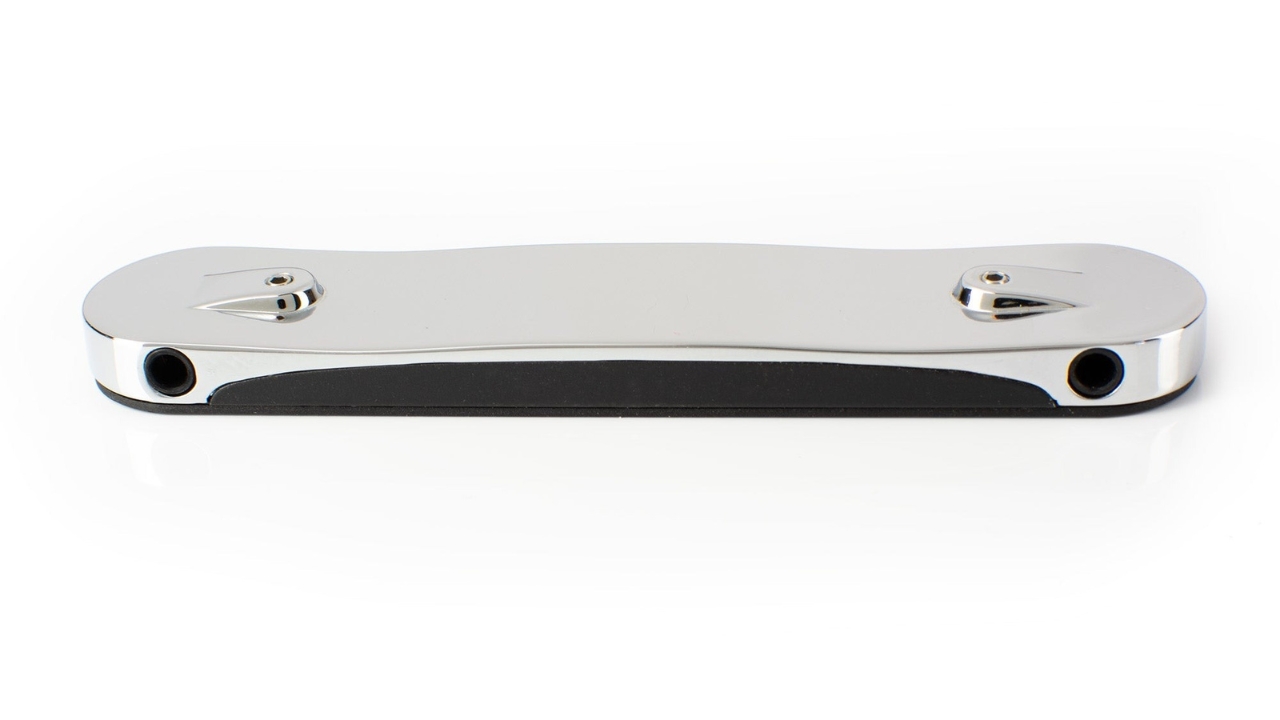
- Price: £319
- Origin: UK
- Type: Hexaphonic pickup
- Mounting type: Temporary via suction pads, rubber pads, or magnets
- Pole piece/spacing: 45.5mm to 51.5mm
- Magnet type: Neodyminium N42
- DCR: 2.4kΩ per channel
- Contact: Submarine Pickups
Build quality
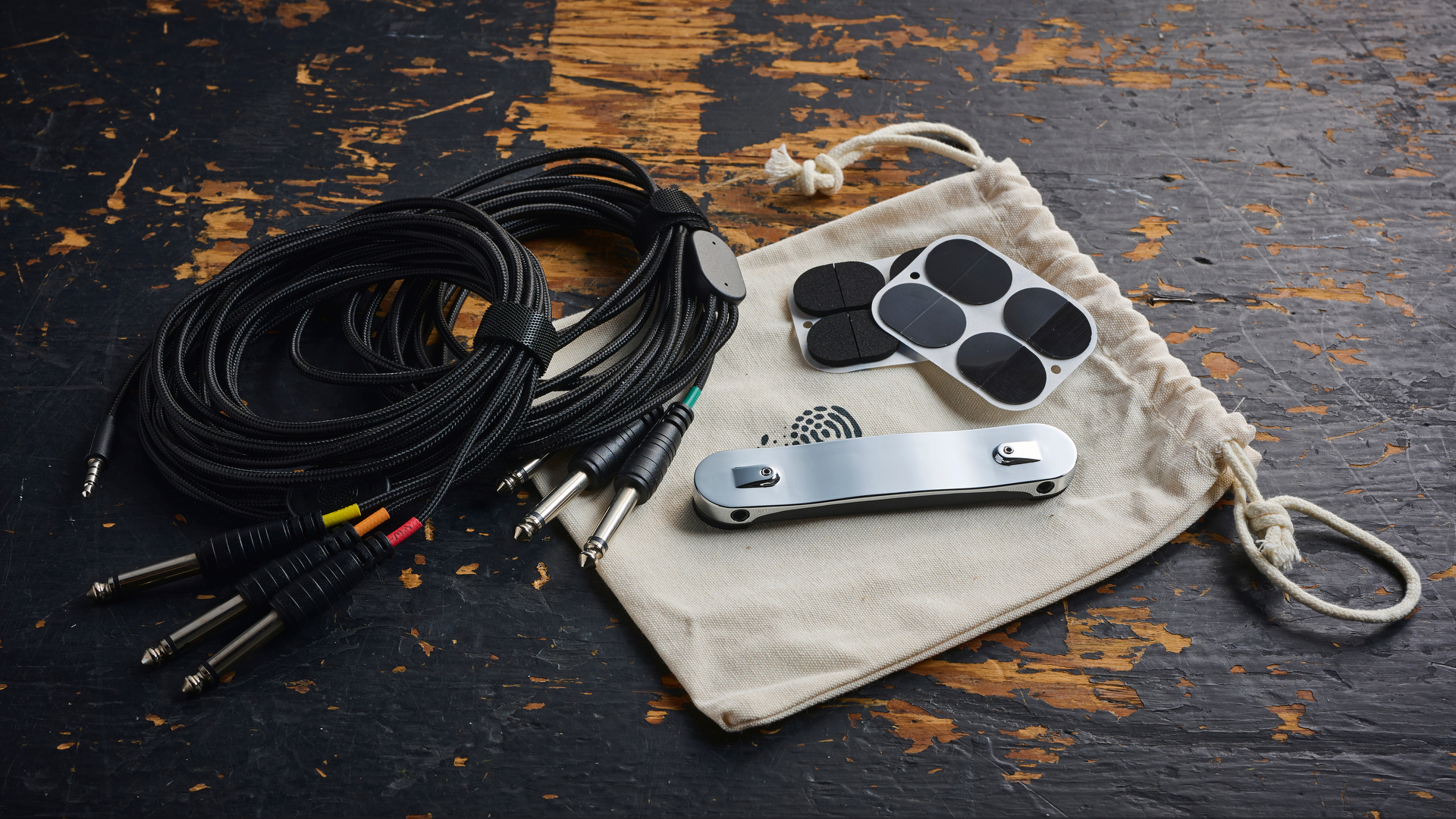
Build quality rating: ★★★★☆
The Subsix came to me nicely packaged in an all-black box, with a separate bag for the cabling. The pickup itself feels hefty but not overtly heavy, and the front is pure chrome with a black metal backplate. There are no visible polepieces, with all the magnet action happening beneath that shiny chrome surface, with the only two protrusions spoiling the sea of chrome being the adjustment screws that allow you to change the pickup height.
On the one side of the pickup are two 1/8-inch jack inputs that take care of the signal splitting, and the black back panel is removable to allow you to fit it on guitars where there isn’t much clearance between the scratch plate and strings. Overall it looks pretty cool, and feels very well made. My only qualm is that as well as sticking out a mile, the chrome also instantly started attracting dust and fingerprints. Some players might prefer a more subtle option when it comes to colorway.
Usability
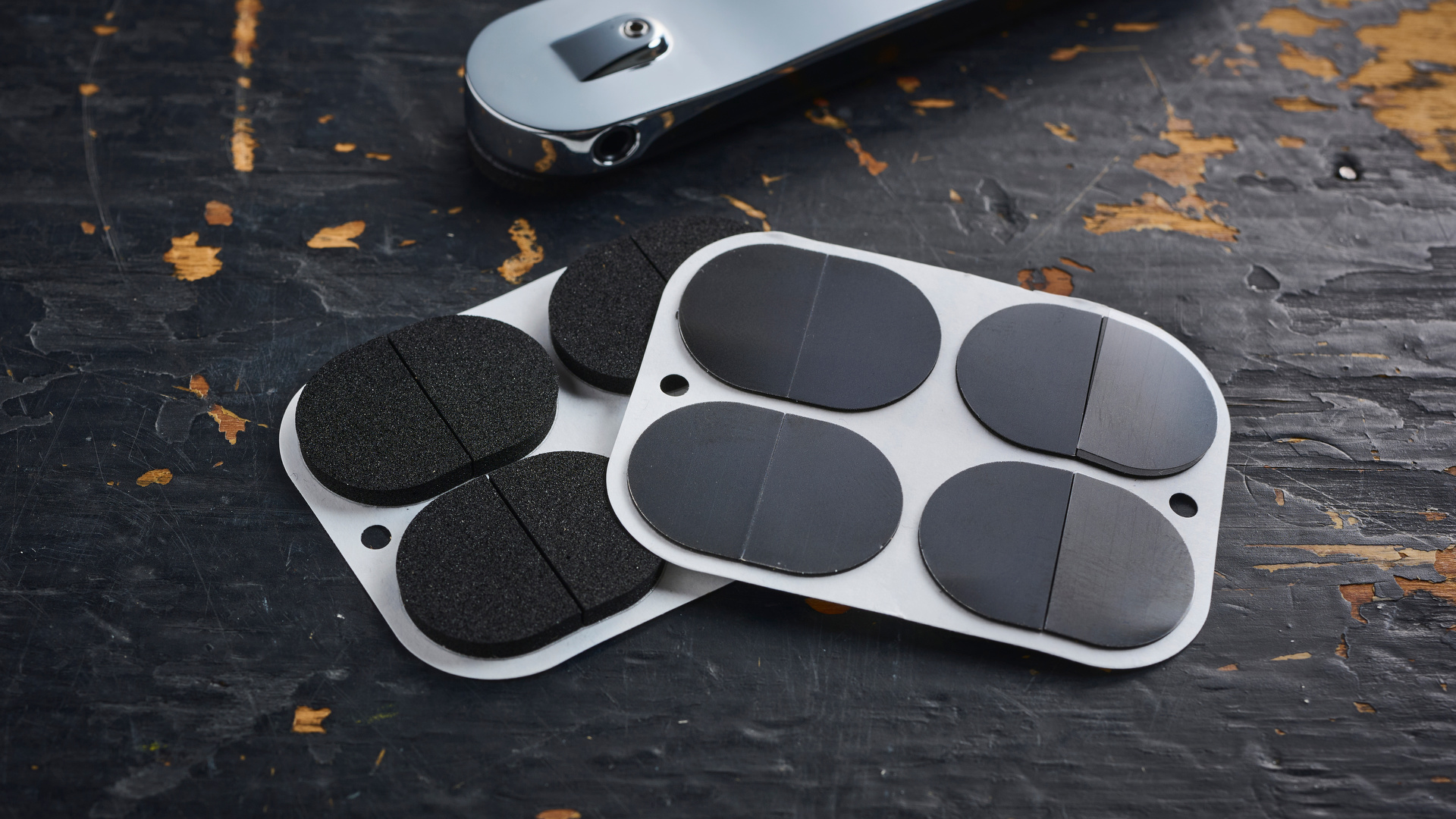
Usability rating: ★★★½
To see how it would fit on a variety of guitars I tested installing it without using any of the included sticky pads or magnets to see how well it fits. On my Telecaster, Strat, and Ibanez RG it fitted with minimal fuss. I needed to remove the backplate to get the clearance for the strings, but this is easily done by unscrewing the tiny hex screws.
Fitting it on my Gretsch semi-hollow and LP-copy was a different beast however, thanks to the raised pickguard on those guitar designs. It is possible to install using a variety of the included rubber pads, but admittedly this is a bit of a faff, and I found it much easier to just use the already flat surface of my Stratocaster.
As my heavily modded Stratocaster needed a string change anyway, I set to work attaching the pickup to my guitar. Getting the manual out for the first time, I was a little surprised at how basic the instructions are. There’s little in the way of information on orientation, how far it should be from the strings, or how far it should be from the other pickups here. I did eventually find that this information is available on the website, but weirdly it’s not included in the manual.
You’ll need to do some serious cable management
Once the pickup is installed you’ll need to do some serious cable management to take care of the unwieldy contraption that is two cables splitting out into six. The cables need to run from the pickup towards the headstock of the guitar, and are then wrapped around the neck through the cutaways on your guitar before being cable-tied together to keep them in place.
I ended up using some of my own velcro cable ties to keep everything neat, as you get a lot of cable length which will be very useful to those hoping to use the Subsix live. I also found I could wrap it around my guitar when it was not in use without having to undo the velcro ties to remove the cable completely. It’s not the neatest solution, and it means you can’t play the guitar normally this way, but it worked for my needs.
At the other end plugging into the Audient iD48 audio interface I’m also reviewing at the moment I was faced with more confusion, as the color-coded cables didn’t line up as I expected them to. You’d think that what’s presented to you in the manual would correspond to the strings in order but instead, my low E and D were the wrong way round, as were my G and high E strings. It was a quick fix to get them cascading in order from input 1 to 6, but I found myself again wishing the manual had been a bit clearer on this.
Sounds
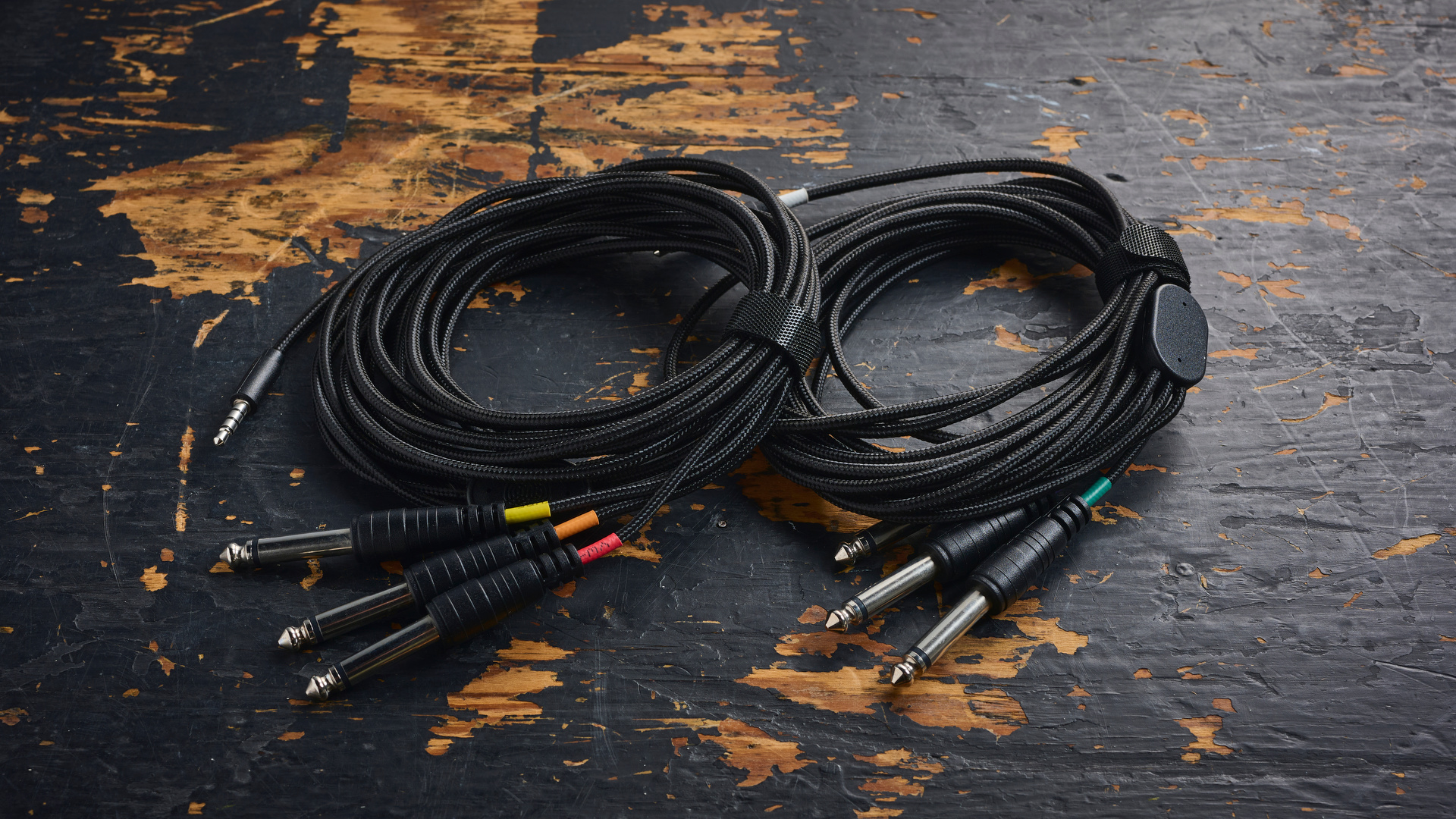
Sounds rating: ★★★★½
To begin my testing I opened up Pro Tools, assigned each input to the individual string, and kept all the tracks panned to the central position while I strummed a few open chords. It sounded very piezo-esque with that ‘plinky’ sort of tonality from where I’d placed it in between my bridge humbucker and middle single coil, but with all six tracks monitoring it sounded very thin, and certainly not a tone you’d want to use on a recording.
My next step was to get my gain staging right, as different strings were being picked up at different levels. This resulted in much toing and froing with the input gain knobs on my interface in order to get the strings sounding even. In the end, I added some SSL G bus compression in Pro Tools in order to get a more even sound.
Next, I opened up Helix Native and copied six iterations of the US Double Nrm amp model (based on the Fender Twin Reverb) to each track. This gave a much fuller and less thin tone, sounding much more like a regular clean guitar. There’s a nice phasing to certain combinations of strings with all the tracks engaged which gives it a very choral quality when you play open chords.
With the levels set right and each string ringing out evenly, I set to panning each individual string. I kept both my E strings in the center, taking the A, D, G, and B strings at varying intervals to the left and right. Strumming open chords with the tracks in this configuration gives that plain clean guitar a much more interesting sound, it’s very 3D and again there’s a pleasing phasing effect with certain combinations of notes or strings.
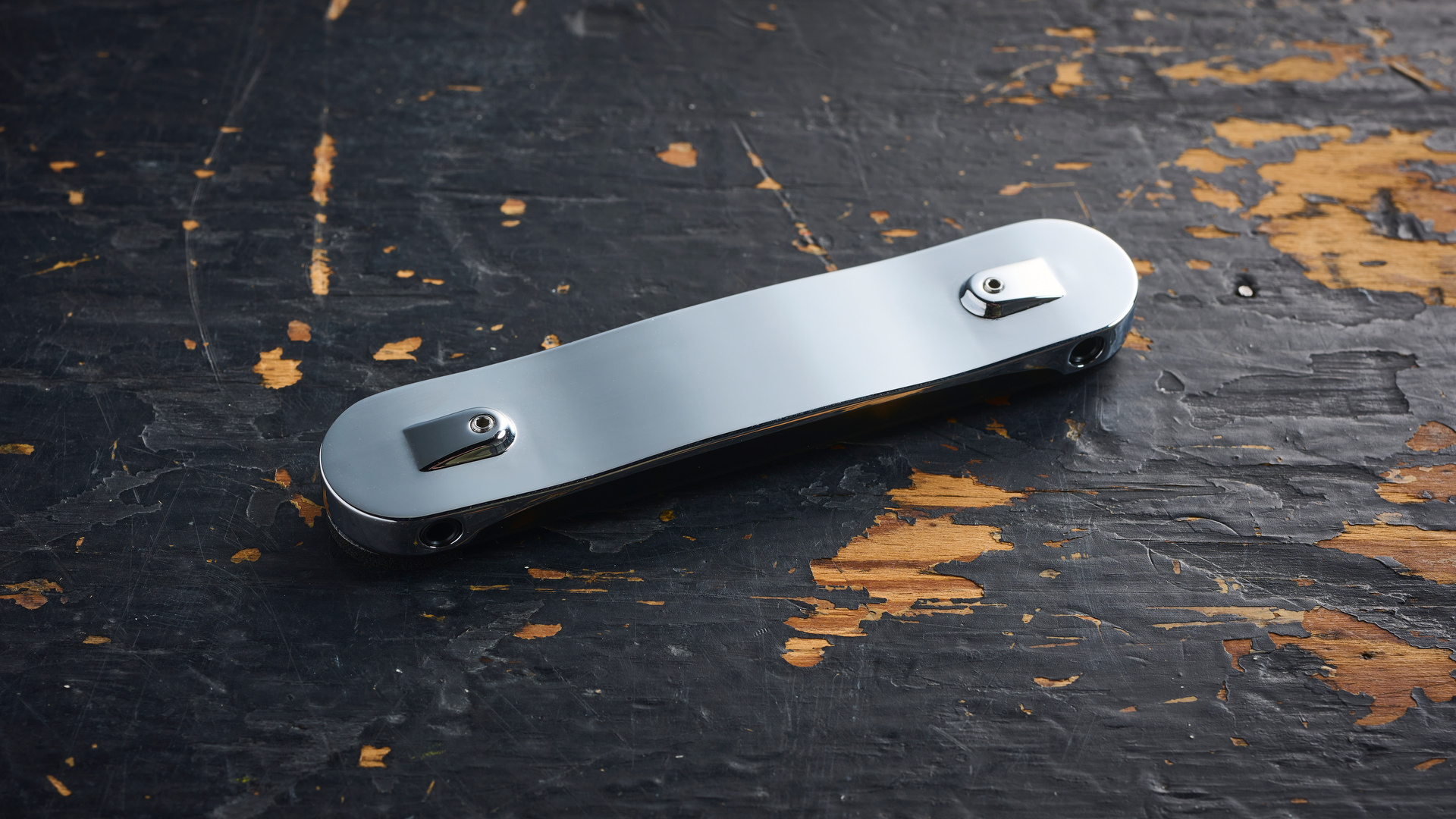
The next experiment was to start adding individual effects to each string. I used chorus, phase, delay, and reverb in varying amounts on each string and here things started to get seriously weird. With a fast delay time and long feedback amount on my B string, a short tape delay on my G, and a healthy dose of spring reverb on my high E the Subsix delivered a sound quite unlike anything I’ve ever heard.
It’s like multiple guitars playing together at the same time, but everything is ultra-tight, essentially giving you the sound of a bunch of takes in one go. With modulation effects on my lower strings to complement the reverbs and delays on the higher ones, when picking arpeggios it made for a scintillating sound that’s one of the most genuinely unique guitar tones I’ve ever heard.
With my clean sounds covered, I removed the modulation effects and added a different modeled overdrive or distortion pedal to each track. This included the King of Tone, Boss DS-1, Tube Screamer, Pro Co Rat, Boss HM-2, and Big Muff - a who’s who of gain pedals. With open chords it sounded absolutely phenomenal, really giving the feel of multiple guitars playing at the same time.
Trying some soloing with these settings engaged was less successful. You really need to put in work here to balance things tonally, and overall it feels quite unnatural when you change to a different string and get a completely different sound. With some more tweaking, I could definitely see some interesting possibilities here though, you’d just need a lot of work to get it to a usable position.
Verdict
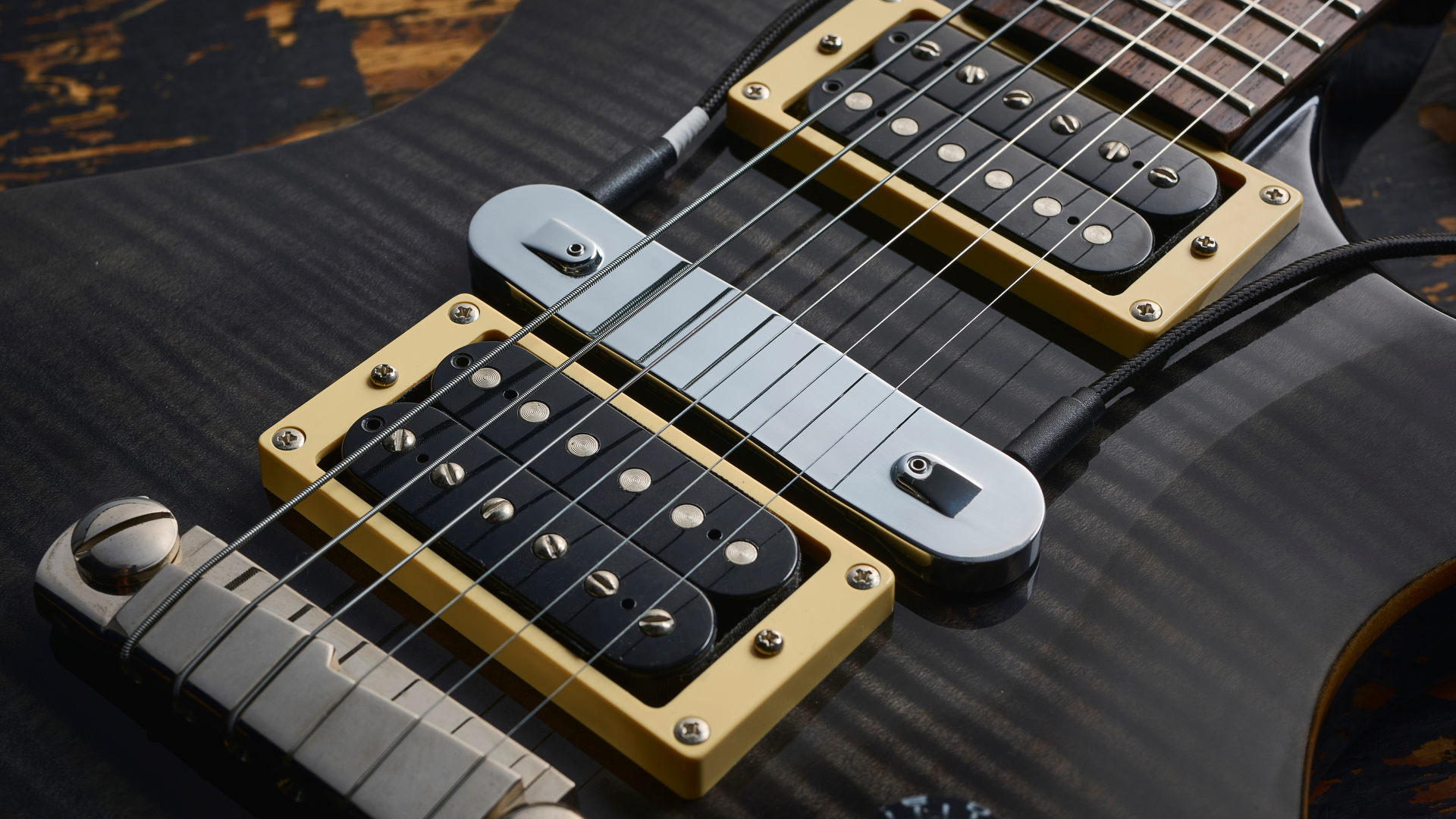
Overall I was really impressed with the way the Subsix tracked each individual note. It feels very seamless when playing and I never felt like I was playing through anything other than a regular pickup on my guitar. The ability to pan and effect each string individually makes for some truly original tones, and the depth on offer here is more than I could cover in just this review.
Whether the large differences in gain between strings were down to my installation of the pickup is unclear, so I would love to see an updated manual that’s far more in-depth to truly get the best out of it. I’m also aware it’s quite a niche product, only really suited to those who want to do some properly deep experiments with electric guitar tones and don’t mind sitting down for endless hours changing settings and trying different combinations of effects.
Guitar World verdict: The Submarine Pickups Subsix has its flaws, but for creative studio types it’s an incredible tool. If you love recording guitars and want to get a sound that’s unlike anything else you’ve heard, it’s completely worth the time and effort needed to get it set up and sounding right. It’ll give you sounds you won’t find anywhere else, that’s for sure.
Test | Results | Score |
|---|---|---|
Build quality | Feels robust and well built | ★★★★☆ |
Playability | A better manual would make things easier | ★★★½ |
Sounds | Delivers truly unique tones | ★★★★★½ |
Overall | A great studio tool but with niche appeal | ★★★★☆ |
Also try
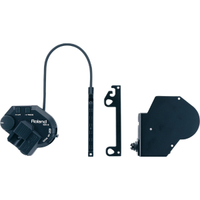
Roland GK-3 - $190/£184
The original synthesizer pickup is a great shout if you want to use your guitar to explore more unusual sonic territory. It’s a hexaphonic pickup like the Subsix, but you will need a dedicated guitar synthesizer unit to connect it to.
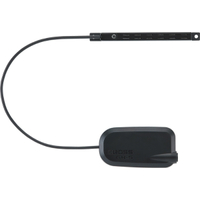
Boss GK-5 - $219/£199
The updated version of the GK-3, the Boss GK-5 is also a hexaphonic pickup that requires an additional guitar synth unit in order to work. It features a different cable from the 13-pin one on the GK-3, and an improved AD/DA conversion for lower latency performance.
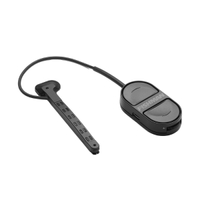
Fishman Triple Play Express - $199.95/£159
The Fishman Triple Play Express is not quite the same as the Subsix again, but it is a hexaphonic pickup too. Rather than converting to audio, the Triple Play changes you signal to a MIDI one, allowing you to control virtual instruments like synthesizers, strings, pianos, and loads more.
Hands-on videos
Chords Of Orion
Submarine Pickups
Get Offset


Matt is a Junior Deals Writer here at Guitar World. He regularly tests and reviews music gear with a focus on guitars, amps, pedals, modelers, and pretty much anything else guitar-related. Matt worked in music retail for 5 years at Dawsons Music and Northwest Guitars and has written for various music sites including MusicRadar, Guitar Player, Guitar.com, Ultimate Guitar, and Thomann’s t.blog. A regularly gigging guitarist with over 20 years of experience playing live and writing and recording in bands, he's performed everything from jazz to djent, gigging all over the country in more dingy venues than you can shake a drop-tuned guitar at.
You must confirm your public display name before commenting
Please logout and then login again, you will then be prompted to enter your display name.
“Chess was cussin' when I got to the session with Muddy. But when he heard me, he just sat there with his mouth open”: Leonard Chess wanted to cash in on the folk boom, and asked Muddy Waters to bring him an old acoustic bluesman. He brought him Buddy Guy
“I didn’t think anybody would believe I got it from George Harrison. I figured they’d call me a liar”: Vintage guitar guru Norman Harris names the 5 most memorable guitars that have come through Norman's Rare Guitars
“The musicians, shops, and brands who use Reverb have always been at the center of all that we do”: Reverb has been acquired by two new investors – and will once again become an independently operated company
